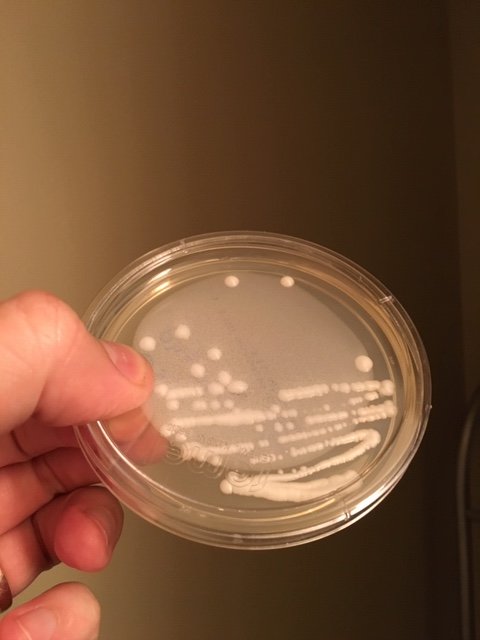couchsending
Well-Known Member
- Joined
- Jun 21, 2016
- Messages
- 3,063
- Reaction score
- 2,256
Am I’m the only one that gets this weird mouthfeel in every Kveik strain? Like this mid pallet mouth coating sensation? I don’t get it in any beer I’ve made with traditional yeast of any kind. Probably used more than 50 different Sacch strains by now..
It doesn’t linger but it’s a totally different sensation than normal Sacch yeast. It’s like some sort of glycerol production from the yeast? Not sure if that’s due to the high fermentation temps or what.
I’ve used Voss, Hornendal, Oslo, the Simonaitis (not technically Kveik), Hot Head. All have the same weird mouthfeel to them..
To me this sensation has no place in a lager. You could pass off 1056 fermented at 55 for a lager before the beer I brewed with Oslo. I don’t do any of the short lager methods though. Everything is slow and low and long lagering times so I might not be the best judge.
It doesn’t linger but it’s a totally different sensation than normal Sacch yeast. It’s like some sort of glycerol production from the yeast? Not sure if that’s due to the high fermentation temps or what.
I’ve used Voss, Hornendal, Oslo, the Simonaitis (not technically Kveik), Hot Head. All have the same weird mouthfeel to them..
To me this sensation has no place in a lager. You could pass off 1056 fermented at 55 for a lager before the beer I brewed with Oslo. I don’t do any of the short lager methods though. Everything is slow and low and long lagering times so I might not be the best judge.

























































